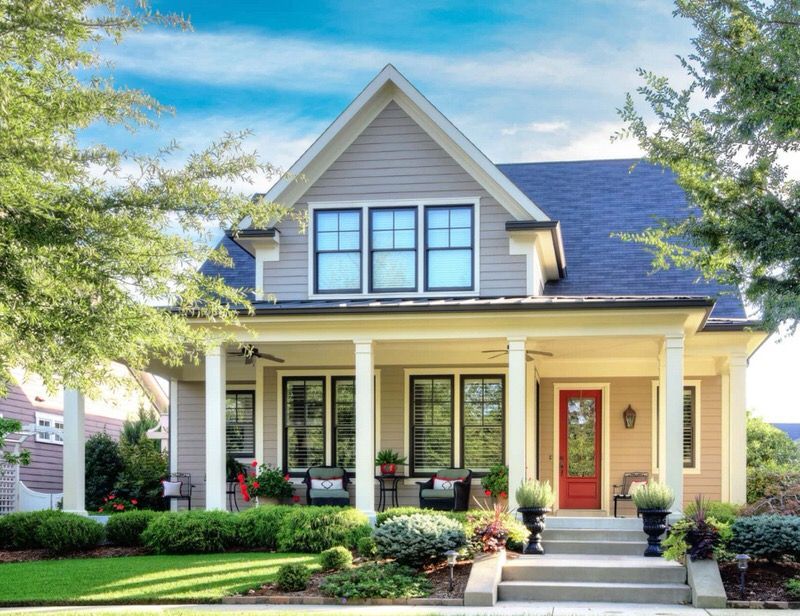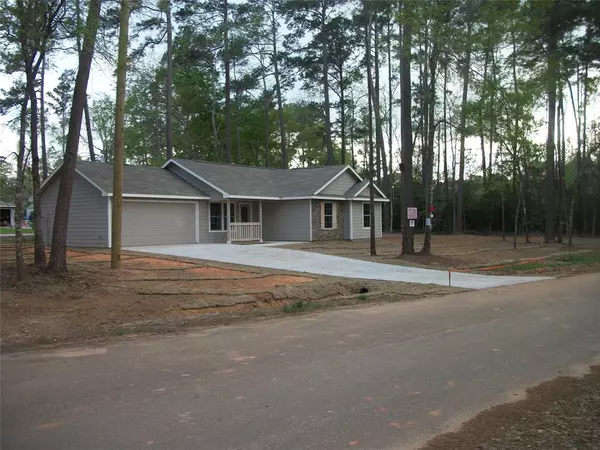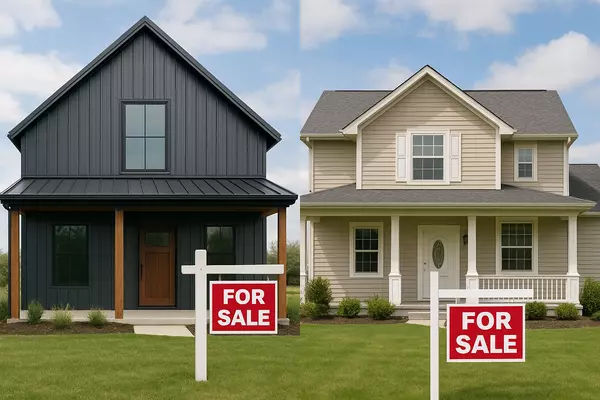‘Housing emergency’ action could bring relief to builders, buyers by Dave Gallagher

Details are scarce, but if the White House follows through on a potential emergency declaration, it could boost U.S. housing supply and improve affordability.
Key points:
- U.S. Treasury Secretary Scott Bessent said President Donald Trump “may declare a national housing emergency” this fall.
- Though he didn’t provide many details, Bessent suggested the action could include regulatory changes and other provisions aimed at incentivizing home building.
- An emergency declaration won't fix affordability in the short term, but substantially lower mortgage rates and minimal price growth could lead to improvements in four years, economists say.
The Trump administration is turning its attention to the country's housing affordability challenges — and that could be especially good news for the nation's home builders.
In an interview published by the Washington Examiner on Sept. 2, U.S. Treasury Secretary Scott Bessent said President Donald Trump "may declare a national housing emergency" this fall. The last time such an emergency was declared was in 2008 in response to the financial crisis and Great Recession.
Bessent didn't disclose many details about what specific actions the administration might take, but he indicated it would involve relief for home builders. Cutting interest rates would help — and that's looking more likely this month — but Bessent said the administration is also assessing ways to standardize building and zoning codes and decrease closing costs.
Tariff exemptions for construction materials were also on the table, according to the Examiner.
Can the federal government do this?
The administration could face some hurdles if it tries to implement those plans, according to Realtor.com Senior Economist Joel Berner. "It remains unclear exactly what kind of emergency measures the administration could take to address housing, or even if using emergency powers in this way is lawful," he told Realtor.com.
If it can be done, overriding — or at least standardizing — permitting and zoning laws would "have the best long-term impact" in terms of adding more inventory, "but the federal government could also juice the housing market in the short run by making it easier to buy a home," Berner said, citing consumer tax credits as one possible avenue.
Builders need rate relief
The National Association of Home Builders has laid out a 10-point plan for addressing housing affordability, focusing on ways to increase housing supply. Additionally, the trade group would like to see "policies that address a lack of skilled labor in construction," NAHB Chairman Buddy Hughes said in a statement shared with Real Estate News.
"A proactive agenda to bring down material, construction and labor costs will also help bring down overall inflation, increasing the odds of interest rate reductions and lower mortgage rates for consumers," Hughes added.
Along with eliminating excess regulations and fixing building material supply chains, the organization is pushing to make it easier for developers to finance new construction projects — a concern echoed by others in the industry.
"Our builders are often seeing a higher interest rate than what we're seeing as consumers — usually about 2% to 5% more," said Andrea Smiley, legislative director for the Building Industry Association of Washington, in a recent NAHB blog post. "Depending on the bank, it could be more than that. It just kind of depends on local market conditions."
NAR lobbying for 'bold action'
The National Association of Realtors is continuing its advocacy efforts in D.C., pushing for practical solutions to address housing undersupply, said Shannon McGahn, NAR's chief advocacy officer.
"The Administration's consideration of a housing emergency underscores the urgency we've long raised: Supply constraints are the greatest obstacle to affordability, with the nation short 4.7 million homes," McGahn said in an email.
"Bold, coordinated action is needed now to boost housing supply so more families can achieve the American Dream of homeownership and the generational wealth it provides."
Affordability won't 'snap back overnight'
Even if a housing emergency is declared, it will take years for affordability to return to "normal," according to a Sept. 2 Redfin report.
The report concluded that if home price growth remained at current rates of 1.4% year-over-year and mortgage rates fell to 5.5%, costs would return to July 2018 affordability levels by November 2030. If mortgage rates remain around 6.7%, it would take another four years to hit those levels.
Redfin economists used July 2018 as a baseline since it preceded the pandemic-era housing price boom, and the mortgage payment-to-income ratio at that time was 30%, a standard benchmark for housing affordability.
"Buyers shouldn't expect affordability to snap back overnight, but the trend lines point to real progress within this decade," said Asad Khan, Redfin senior economist.
"If mortgage rates decline modestly, and price and income growth hold steady, the market for homebuyers could feel much different by the late 2020s. We are cautiously optimistic normalcy may not be as far off as many might fear."
Categories
- All Blogs (66)
- #FundayFriday (1)
- 55+ Communities (3)
- Barndominium (2)
- Barndominiums vs Traditioonal Home (1)
- Buyers (35)
- Celebrity Chefs (1)
- Down Payments (2)
- Exterior Projects (4)
- Farm and Ranch (1)
- First-Time Buyers (30)
- First-Time Sellers (13)
- Flipping Homes (6)
- Holiday Cooking (1)
- Holidays (1)
- Home Improvements (22)
- Home Maintenance (8)
- Home Safety (1)
- Homeowners (10)
- Housing Market (36)
- Houston Living (1)
- Interest Rates (8)
- Interior Projects (6)
- Kithens (3)
- Living in Texas (1)
- Local Business (1)
- Money Saving Tips (22)
- Mortgage/Financial (27)
- Moving (2)
- Negotiating (6)
- New Home Builds (3)
- New Home Construction (3)
- Outdoor Projects (8)
- Painting (5)
- Questions for your Realtor (1)
- Recipes (1)
- Remodling (8)
- Renovations (8)
- Sellers (18)
- Senior Living (2)
- Shop Local (1)
- Small Business (1)
- Style of Homes (1)
- Taxes (2)
- Trends (10)
- Veterans (2)
- Weekly Talking Points (1)
Recent Posts












